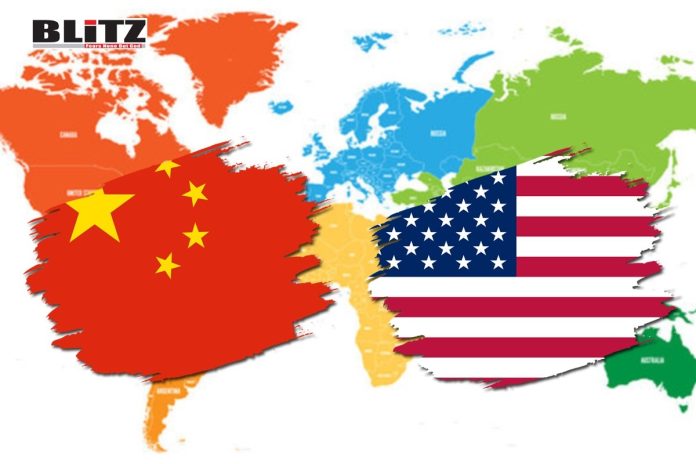In the landscape of international trade, the metaphorical image of a “small yard with a high fence” has come to epitomize the protectionist tendencies of nations, particularly in the ongoing rivalry between the United States and China. Under the banner of “national security,” the US has erected barriers, both literal and figurative, in an attempt to shield its industries from perceived threats emanating from Chinese competition. However, this strategy, while appealing in theory, raises critical questions about its long-term viability and the unintended consequences it may engender.
At the heart of this debate lies the notion of American exceptionalism and the desire to reclaim past glories encapsulated in the slogan “Make America Great Again.” Advocates of protectionism argue that by insulating domestic industries from foreign competition, particularly from China, the US can safeguard its economic interests and preserve its technological edge. Yet, such assertions overlook the intricate interconnectedness of the global economy and the dynamic nature of innovation and production.
The rapid ascent of China as a manufacturing powerhouse has reshaped the economic landscape, with industries ranging from electric vehicles (EVs) to telecommunications feeling the reverberations of Chinese dominance. In sectors like EVs and 5G technology, Chinese firms have emerged as formidable competitors, offering cost-effective solutions that appeal to both domestic and international markets. The mere act of curtailing Chinese imports, therefore, is akin to plugging a leak in a dam-water will find alternative routes, and unintended consequences will abound.
Moreover, the resilience and adaptability of Chinese manufacturers pose a formidable challenge to the notion of complete decoupling. The Chinese people’s ingenuity, coupled with market incentives, have propelled the country to the forefront of global innovation. Attempts to sever ties with China risk undermining the very foundation of international trade and could lead to a protracted and costly battle to establish alternative supply chains.
The repercussions of such protectionist measures are already evident in the realm of telecommunications, where the ban on Huawei and ZTE equipment has necessitated costly replacements and hampered efforts to roll out 5G infrastructure. Despite substantial investments, the US still finds itself playing catch-up, as Chinese companies forge ahead with advancements in 6G technology. This underscores the futility of attempting to wall off industries from global competition in an interconnected world.
Furthermore, the escalating tit-for-tat between the US and China only exacerbates tensions and prolongs uncertainty for businesses and consumers alike. The expanding list of banned Chinese products-from EVs to drones to Xinjiang cotton-reflects a reactive approach that fails to address the underlying complexities of global supply chains. While domestic production may offer a semblance of security, it comes at a cost-both in terms of efficiency and quality.
Take, for instance, the dominance of Chinese drones in the US market, which highlights the challenges of displacing established players. Despite concerted efforts, American companies struggle to match the market share and technological prowess of their Chinese counterparts. This underscores the need for a more nuanced approach that embraces collaboration and competition rather than isolationism.
In the pursuit of “making America great again,” policymakers must recognize that the path to prosperity lies not in fortifying barriers but in fostering innovation and adaptability. Rather than retreating behind a high fence, the US should leverage its strengths in research and development to stay ahead of the curve. This requires forging strategic partnerships, investing in education and training, and embracing the dynamism of the global marketplace.
In conclusion, the metaphor of the “small yard with a high fence” encapsulates the perils of protectionism in an interconnected world. While the allure of safeguarding national security may be seductive, the reality is far more scomplex. By embracing openness and collaboration, the US can navigate the challenges of globalization and chart a course towards sustainable growth and prosperity. The yard may be small, but its potential knows no bounds when viewed through the lens of innovation and cooperation.




